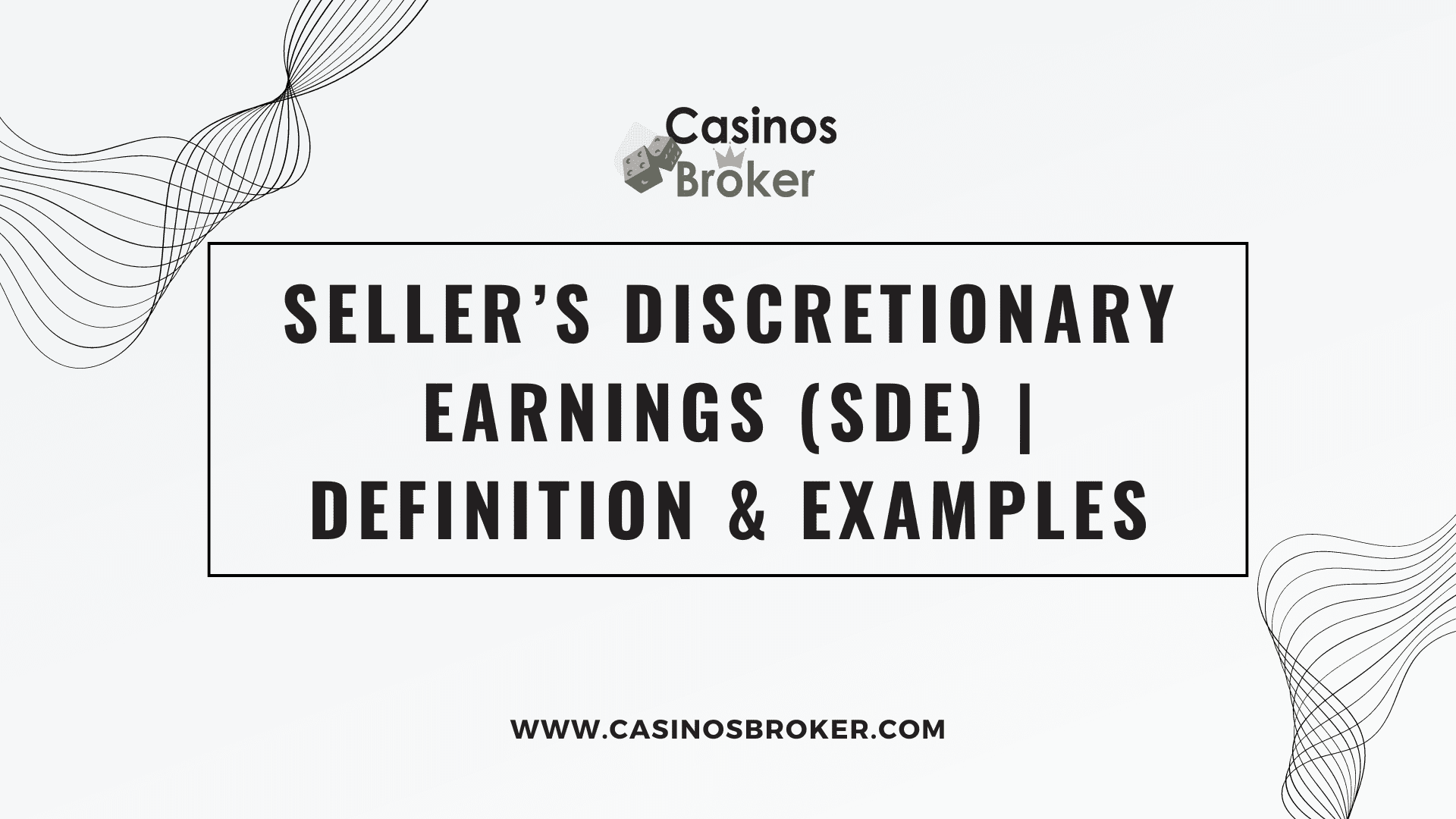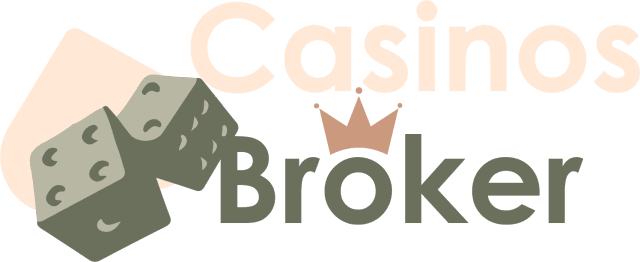Summary
Seller’s discretionary earnings (SDE) is a key metric for assessing a business’s profitability and is widely used to determine the cash flow for valuing small businesses. SDE enables potential buyers to easily compare different companies for valuation purposes.
SDE is calculated as follows:
- Pre-Tax Net Income – the bottom-line profit listed on the P&L statements, plus
- Owner’s compensation paid to all owners, minus the cost to replace additional owners, plus
Interest expenses, plus - Depreciation and amortization, plus
- Discretionary expenses (e.g., auto, cell phone, meals, entertainment, travel), plus
- Adjustments for extraordinary, non-operating revenue or expenses, and non-recurring items like lawsuits or flood damage.
Most valuation methods rely on a multiple of earnings. By determining the SDE of a small business, a multiple can be applied to estimate the business’s value.
Introduction
SDE is the primary metric for valuing small businesses. But what exactly is SDE? How is it calculated, and when is it appropriate to use?
This article explores the accuracy of SDE, how various earnings measures impact business valuation, and whether SDE overlooks any significant factors that buyers might consider.
Lastly, we address the crucial question in any valuation process – how can you enhance the value of your business?

Definition of SDE
What does SDE stand for?
SDE stands for seller’s discretionary earnings.
What is the definition and purpose of SDE?
Seller’s discretionary earnings (SDE) measure a business’s earnings and are the most common cash flow metric for valuing small businesses. SDE enables buyers to compare companies for valuation purposes.
SDE is defined as:
- Pre-tax net income, plus
- Owner’s compensation paid to all owners, minus the cost to replace additional owners, plus
- Interest expense, plus
- Depreciation and amortization, plus
- Discretionary expenses (e.g., auto, cell phone, meals, entertainment, travel), plus
- Adjustments for extraordinary, non-operating revenue or expenses, and non-recurring items like lawsuits or flood damage.
Does SDE include the owner’s salary?
Yes, the owner’s salary is factored in as an adjustment when calculating SDE.
Reasons To Use SDE
The primary reason buyers use SDE is to quickly compare two businesses.
Why Use SDE
- SDE as a Rule of Thumb: It serves as an approximate measure of cash flow available to the buyer. The aim of calculating SDE is to enable an apples-to-apples comparison between businesses, regardless of their industry.
- SDE as an Estimate of Free Cash Flow: SDE estimates the cash flow available to pay back interest or debt and fund capital expenditures (CapEx). After calculating SDE, buyers examine various other factors such as company growth rate, gross margins, customer concentration, and numerous financial and non-financial elements.
- SDE as a Measure of Earnings: When initially evaluating a company for acquisition, SDE provides an approximate measure of earnings.
- SDE in Valuation Methods: SDE is used to calculate business value in various income-based and market-based valuation methods. It also helps compare multiples among similar recently sold businesses (i.e., comparable transactions).
Sample Seller’s Discretionary Earnings (SDE) Calculation
Pre-tax net income, plus -> $300,000
Owner’s compensation, plus -> $150,000
Interest, plus -> $50,000
Depreciation, plus -> $50,000
Amortization, plus -> $50,000
Discretionary expenses, plus -> $100,000
Non-operating, non-recurring expenses -> $50,000
Seller’s Discretionary Earnings (SDE) = $750,000
Benefits of SDE
These are the main advantages of utilizing SDE:
Most Often Used: SDE is the most often used metric for determining earnings for small firms by buyers, sellers, brokers, and other stakeholders.
Simple Calculation: SDE is less error-prone and easier to compute.
Removes Non-Operating Variables: SDE removes factors like interest and taxes that might not have an effect on the buyer after the acquisition. Additionally, it eliminates non-cash costs like amortization and depreciation. This allows buyers to estimate these costs on their own and then deduct the appropriate amount from cash flow based on the actual expenditure date rather than the tax deduction date.
Permits Comparisons: SDE’s widespread use and ease of calculation make it possible for parties to compare a company’s profits to those of other companies. Additionally, this comparison makes it easier to value a corporation using comparable transactions.
Downsides of SDE
Therefore, the main drawbacks of utilizing SDE are as follows:
- SDE is a guideline only; a high SDE does not guarantee that a buyer would find your company to be a desirable acquisition target. Buyers will likely examine your finances in greater detail.
- SDE Is Not a Completely Accurate Measure of Cash Flow:
- For the following reasons, SDE is not a completely accurate measure of cash flow for a buyer after an acquisition:
- Depreciation: An inflated measure of earnings is produced by adding back depreciation for businesses with considerable depreciation and continuous capital expenditures. For businesses with sizable fixed (i.e., depreciable) assets, SDE is misleading.
- Amortization: This also applies to businesses that have a substantial amount of amortisable intellectual property (pharmacies, for example).
- Working cash: SDE disregards potential buyer requests for working cash infusions, particularly when it comes to rapidly expanding businesses.
- Taxes: The effect of income taxes is likewise disregarded by SDE.

How To Increase the Value of Your Business
Increasing SDE is one strategy to raise the worth of your company, even though you shouldn’t disregard other considerations. Your company’s value increases by a multiple of every dollar you invest in SDE.
Let’s take an example where your company is predicted to sell at a multiple of 4.0. Your company’s value has improved by $400,000 if your SDE increases by $100,000 annually ($100,000 x 4.0 multiple = $400,000).
Two Primary Methods for Increasing Value
SDE can only be raised in two ways:
Boost Revenue
Raising pricing is the simplest approach to boost sales because, in most cases, merchant fees will offset the entire cost of the price increase.
If your business now brings in $2 million year and you decide to raise prices by 5%, your SDE will rise by $100,000 annually ($2 million x 5% = $100,000). If your current SDE is $400,000, your SDE will grow by 25% (from $400,000 to $500,000). Hence, your SDE rises by 25% for every 5% increase in pricing.
Developing new goods or services or expanding the quantity of existing ones are more strategies for boosting sales. But proceed with caution: conservative purchasers will typically not allow adjustments for any failed launches or campaigns when calculating SDE.
By raising SDE, you can raise the value of your company. Your company’s value increases by a multiple of every dollar you invest in SDE.
If you want to sell within the next three years, stay with low-risk strategies like consistent marketing that yields quantifiable results. Steer clear of risky tactics like employing a new sales manager or starting campaigns that are outside of your area of expertise. These have the potential to deplete cash flow, which lowers SDE and, consequently, your company’s worth.
Decrease Expenses
It’s usually easier to cut costs than to raise revenue. It affects SDE right away and carries minimal danger. The only thing to be careful of is cutting costs that the buyer might consider advantageous; typical inventory levels and insurance premiums, for instance, should not be altered.
Other Ways To Increase the Value of Your Business
Increasing your company’s growth rate is another way to make it more valuable.
Typically, the trailing twelve months (TTM), or most recent 12-month SDE, is used to determine the worth of your company. However, you might be able to bargain for a pricing that is determined by some sort of “projected SDE” as opposed to the SDE for the current year provided you have shown steady and robust development.
FAQs About SDE
What other metrics are similar to SDE?
- LTM: last twelve months SDE
- TTM: trailing twelve months SDE
- EBITDA: earnings before interest, taxes, depreciation, and amortization
- EBIT*: earnings before interest and taxes, also called Operating Profit.
*Operating Profit + Depreciation + Amortization can generate EBITDA, but this method is not used for most small to mid-sized companies.
Which year’s SDE should my valuation be based on?
Typically, a value is based on the trailing twelve months (TTM) or SDE of the most recent full year. When results vary from year to year and business cycles are longer and more predictable, a weighted average may be applied.
The estimated current-year SDE may have some utility if the growth rate is steady and predictable. If the company is growing steadily, buyers can try to utilize the average of the last three years’ SDE, which could lower the valuation.
Is SDE the same as cash flow?
No, those are totally unrelated ideas.
Nevertheless, the industry uses the word “cash flow” haphazardly, with some using it to mean EBITDA. Asking for a definition is always a good idea when someone discusses cash flow.
Your “statement of cash flows” or “cash flow statement,” which is more likely to have been prepared by mid-market companies than tiny ones, will reveal your cash flow.





